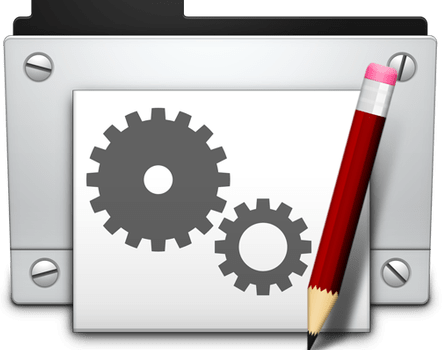
To perform software products testing, the specialists execute a set of specified procedures that taken together actually are the software testing lifecycle. The particular methodology is developed for each stage. Besides that, all phases have the entry and exit criteria and include the specified actions and artifacts.
The entry criteria describe the preconditions that should be obligatory executed and met before the beginning of the test run. The exit criteria determine what items should be performed until the test closure.

What are the stages of Software Testing Lifecycle?
- Analysis and processing of the requirements
- Test planning
- Test cases design
- Test environment set-up and configuration
- Tests execution
- Checking closure
Such a structure of the checking process is typical for all testing types – mobile testing, checking of software products, web application testing, game checking, and desktop testing. Only the criteria and the specifics of tests executions will differ.
At the stage of analysis of the client’s requirements, a software testing company can execute the planning of automation procedure. The first phase of software testing lifecycle includes the following steps:
- defining the test types that will be executes;
- setting the test priorities;
- preparing of RTM (Requirements Traceability Matrix);
- detalization of the conditions of test environment necessary for checking.
The phase of test planning is also called test strategy. A specialist prepares the required documentation (test plan, test strategy), estimates the test process, plans the resources, distributes the roles and duties, defines the proper testing tools.
Then it goes the creation of test cases and scripts, which will ensure the maximal test coverage.
